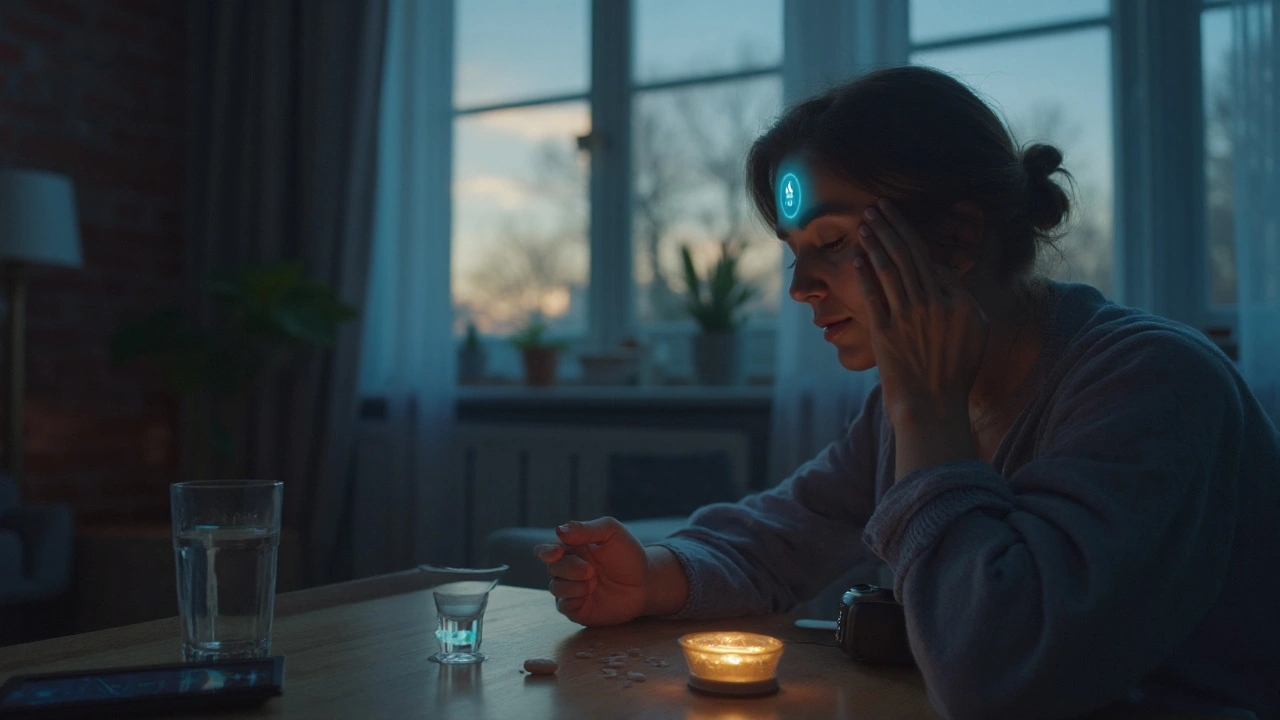
Can you pair rizatriptan with biofeedback to cut migraine pain fast and prevent the next one? Evidence, steps, pitfalls, and a clear plan you can use today.
If you suffer from migraine attacks, you’ve probably heard the term “triptan.” In simple terms, a triptan is a prescription drug that narrows blood vessels in the brain and blocks pain signals. The result is faster relief compared to over‑the‑counter painkillers. Most doctors recommend trying a triptan when a migraine lasts longer than a few hours or when other meds haven’t helped.
Triptans come in pills, nasal sprays, and injectable forms, so you can choose the method that fits your lifestyle. The key is to take them early—ideally at the first sign of a migraine aura or headache. Waiting too long can make the medication less effective because the pain pathways become more entrenched.
The most popular triptan is sumatriptan, sold as Imitrex in pill, nasal spray, and injection forms. It works well for moderate to severe attacks and is often the first choice for new patients. Other common options include:
Each brand has a slightly different dosage schedule. For example, sumatriptan tablets are usually 25 mg, 50 mg, or 100 mg, while a single injection delivers 6 mg directly into the bloodstream. Your doctor will pick the right dose based on your migraine pattern, other health conditions, and any medications you’re already taking.
Triptans are generally safe, but they’re not for everyone. If you have a history of heart disease, uncontrolled high blood pressure, or certain vascular disorders, talk to your doctor before starting. Even without those conditions, you might notice mild side effects such as a tingling feeling, warmth in the chest, or a brief headache flare‑up called “rebound.” These usually fade within an hour.
To keep risks low, follow these simple rules:
If you experience severe chest pain, sudden vision changes, or an allergic reaction, seek medical help right away. Those symptoms are rare but require immediate attention.
In practice, most people find that a single triptan dose stops a migraine within 30‑60 minutes. If the headache returns after a few hours, you can often take a second dose, but only after confirming with your healthcare provider. Remember, the goal is to get relief fast without over‑medicating.
Bottom line: triptans are a powerful tool for migraine control when used correctly. Talk to your doctor about which brand fits your needs, follow dosage guidelines, and keep an eye on side effects. With the right approach, you can cut migraine downtime and get back to your daily routine.

Can you pair rizatriptan with biofeedback to cut migraine pain fast and prevent the next one? Evidence, steps, pitfalls, and a clear plan you can use today.